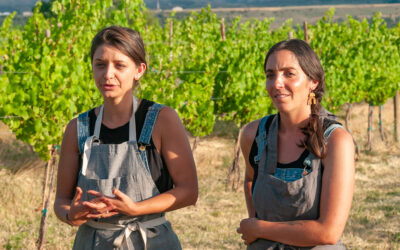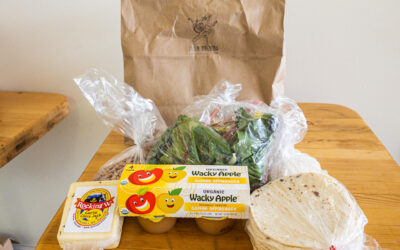
Supermarket food waste at the Yaphank facility.
Credit Grant Cornett for The New York Times
On an overcast winter morning, Charles Vigliotti, chief executive of American Organic Energy, drove me to his 62-acre lot in rural Yaphank, N.Y., 60 miles east of Manhattan, to show me his vision of the future of alternative energy. He snaked his company Jeep around tall piles of wood chips, sandy loam and dead leaves. Then, with a sudden turn, we shot up the side of a 30-foot bluff of soil. At the top, we gazed down upon those many piles and breathed in the mildly sulfurous exhalations of a nearby dump. Vigliotti radiated enthusiasm. Within the next several months, he expected to break ground — “right there,” he said, thrusting his index finger toward a two-acre clearing — on a massive $50 million anaerobic digester, a high-tech plant that would transform into clean energy a rich reserve that until recently has gone largely untapped: food waste.

Charles Vigliotti at his compost facility in Yaphank, N.Y. Credit Grant Cornett for The New York Times
This resource, Vigliotti knew, had a lot going for it. Like oil and coal, kitchen scraps can be converted into energy. But unlike oil and coal, which are expensive to dig out of the ground, food waste is something that cities will actually pay someone to haul away. Many innovative municipalities, in an effort to keep organic material out of dumps — where it generates methane, a greenhouse gas — already separate food from garbage and send it to old-fashioned compost facilities. There, workers pile the waste in linear heaps called windrows, mix it with leaves and grass clippings and let oxygen-dependent microbes transform the gunk into lovely dark fertilizer. But the more material you compost, the more space (and gas-guzzling bulldozers and windrow turners) you need to process it. It can get a little smelly, too, which is yet another reason New York City, which generates about one million tons of organic waste a year, will probably never host giant compost farms.
But anaerobic digestion, in which food is broken down by microbes inside tall, airtight silos, has a real shot at scaling near densely populated areas. The footprint of such plants is relatively small, and their odors are mechanically contained, if they are operated properly. Digesters do cost more to build and run than compost sites, but they more than make up for that by generating two separate revenue streams: fertilizer and biogas, which is chemically similar to natural gas and can be burned to make heat and electricity.
To hear Vigliotti explain it, the supply of feedstock for his anaerobic digester was unending, a veritable geyser of potential profit flowing from every part of the food chain: orphaned produce from wholesale markets, the crusty remains of all-you-can-eat buffets, fryer oil, kitchen grease and gloopy residential plate scrapings. All of this was simply waiting to be tapped by someone with the chutzpah and the capital to convert it into a product — renewable energy — for which there is unending demand. Vigliotti’s only real cost, not inconsiderable, was refining. And lawyers. “We face a staggering level of regulatory approval,” he told me.




